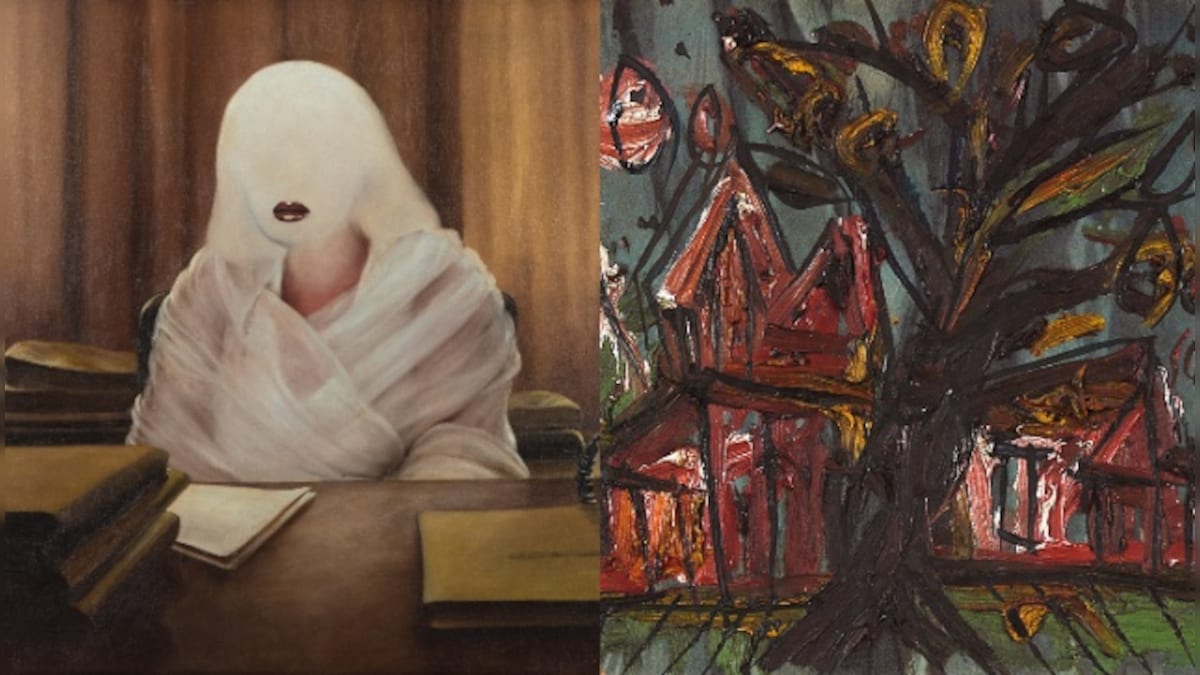Nurturing a range of artistic styles, mediums and contexts, India Past and Present provides a glimpse of the unfolding discoveries of Indian art that are the mainstay of DAG’s multiple exhibitions across India and the world
DAG brings together modernists such as M. F. Husain, F. N. Souza, S. H. Raza and Krishen Khanna alongside Western artists who travelled to India, such as Thomas Daniell and Marius Bauer, to explore the evolution of Indian art through the 18th to 21st centuries in its exhibition, India Past & Present for the 15th edition of India Art Fair. Based on a vibrant cycle of assimilation and experimentation, India Past and Present showcases the rich heritage and legacy of pre-modern and modern Indian art that survives into the present through previously unseen works by Western artists who travelled to India to depict its architecture and landscape, masters of the Company School, indigenous artists who developed hybrid styles, and modernists—collectively offering us subjects as varied as mythology, including Kaliya Daman, Ram Durbar, Muharram and Buddha, architectural marvels including the Taj Mahal and Benares, natural history, and others reflecting social and political concerns.
Nurturing a range of artistic styles, mediums and contexts, India Past and Present provides a glimpse of the unfolding discoveries of Indian art that are the mainstay of DAG’s multiple exhibitions across India and the world. Familiar names alongside those with an unmatched pedagogy and lineage point to the places of emergence and convergence that have served Indian art. Taking its cue from the unmatched pedigree of Indian art through the centuries in which unidentified masters from the diverse smorgasbord of Indian art share space with Western artists who first arrived in India; this museum-quality display explores the diversity and depth with artists ranging from Thomas Daniell to Madhvi Parekh, not to mention those that fall along this continuum: Nicholas Roerich, M F Husain, Nirode Mazumdar, F N Souza, Laxman Pai, and many more.
Some of the highlights include:
The Syncretic Strands of Mythology: A historic painting attributed to G. Reghunatha Naidu (above, left) visualizes the popular episode of Kaliya Daman uniting elements of Tanjore art with academic art in this painting that went on to become popular in modern culture; an unidentified Early Bengal artist’s rendition of Ram Durbar (above, middle) recalls the mythological episode by way of a Mughal miniature turned into an oil painting with a Western perspective; the Company School painter Sewak Ram’s Muharram (above, right) is one of the finest renditions of people at this festival in a style that exemplified the coming together of Indian and European art practices.
Dated: 1800 AD: Probably the earliest works on display at this edition of India Art Fair, the incomparable painting of Panchganga and Durga Ghats, Benares by the British artist Thomas Daniell (above, left) provides among the earliest glimpses of this riverine landscape for an European audience—and now on view in India; while an unidentified Company School artist from Murshidabad paints The Taj Mahal (above, right) in a style unique to Indian artists of the time. Both landscapes in their distinctive styles were painted in the same year.
The Progressives: Twenty-first century modernism in India was owned by the Progressives who still command the Indian market as these fine instances by
M. F. Husain
. The former is a self-portrait by the artist represents the fine quality of their unique brushwork from critically important years of their practice.

